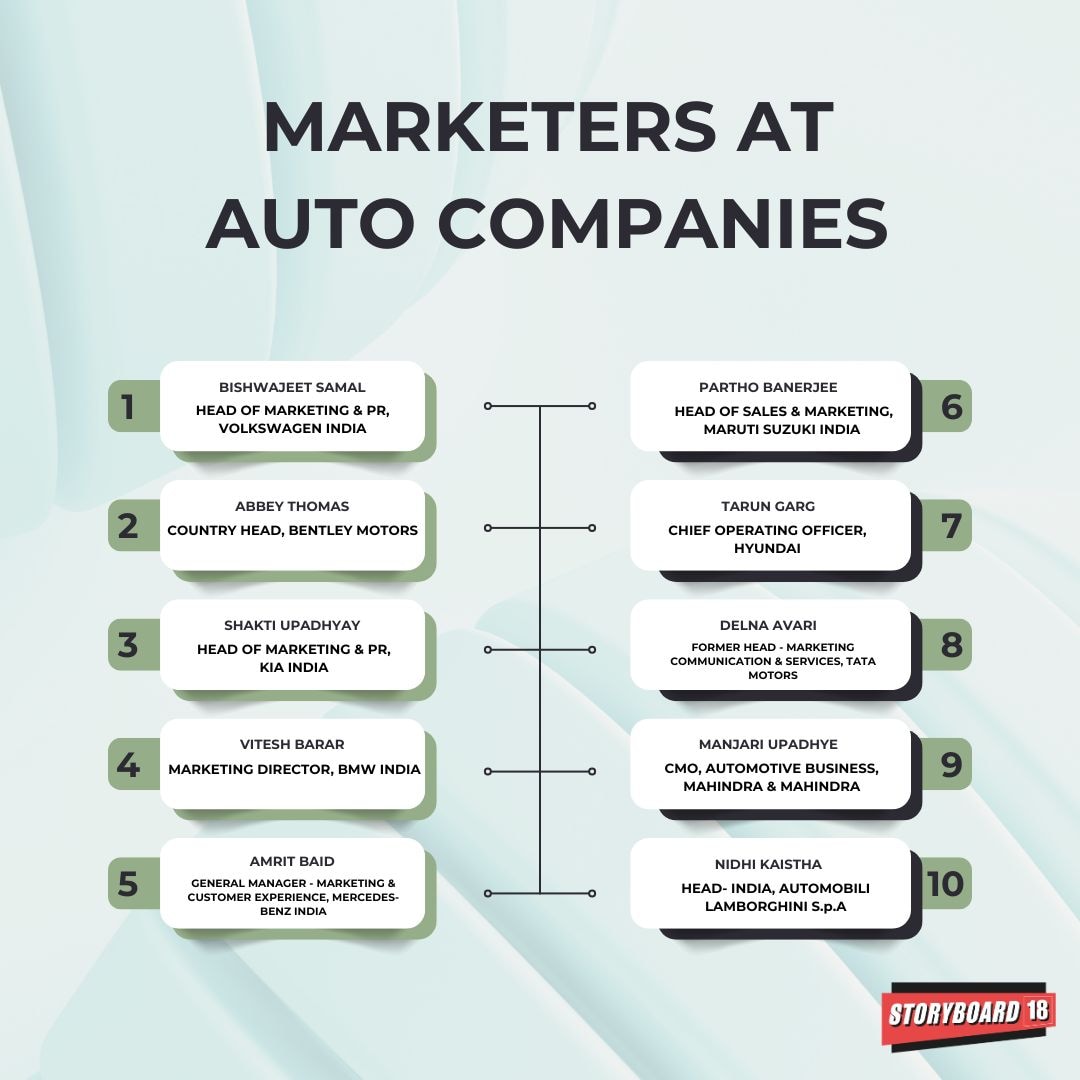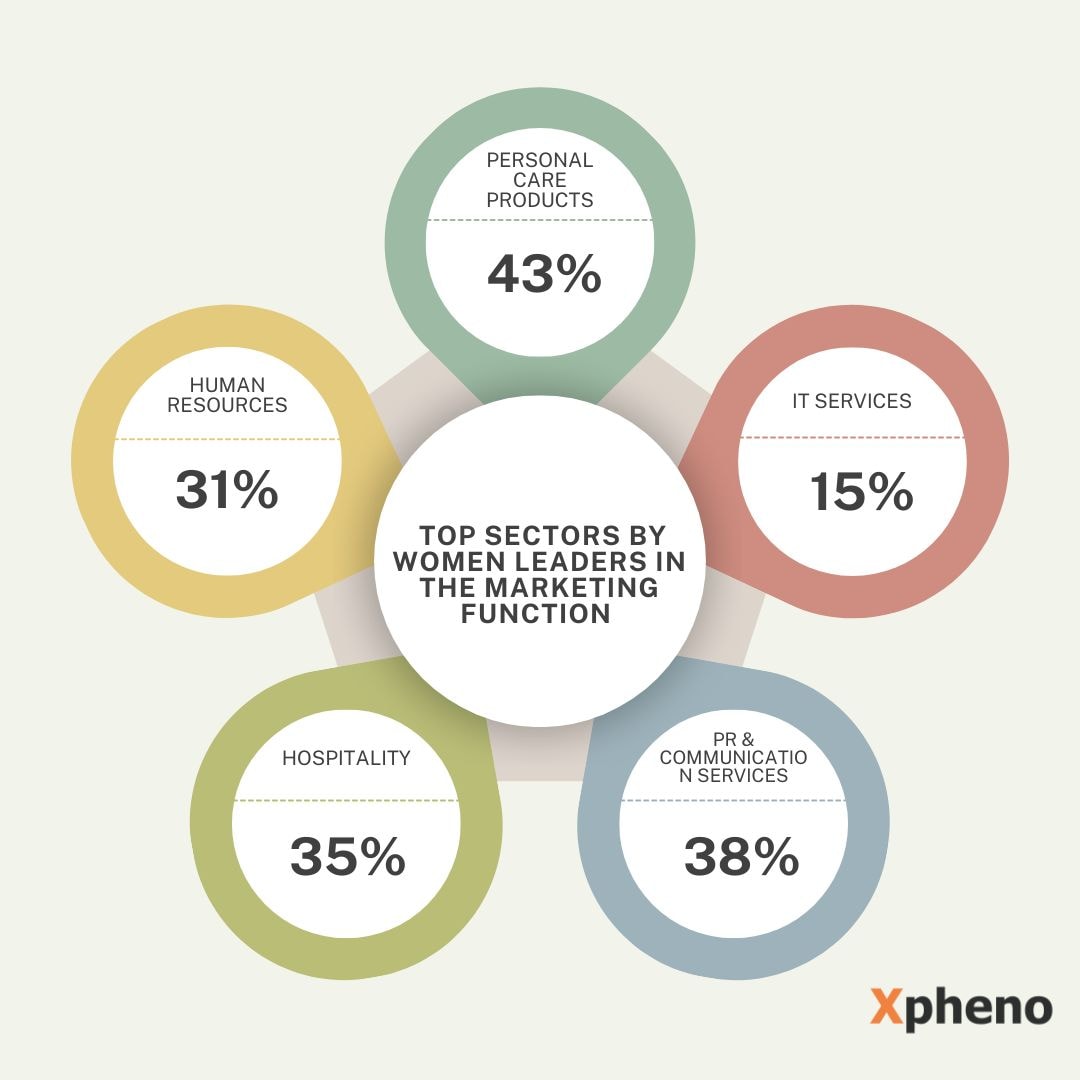Fixing the gender gap in the marketing function at auto companies
Despite the digital marketing boom which saw an influx of women talent in auto marketing, the sector has a long way to go in bridging the gender gap.
ADVERTISEMENT
The emergence of digital marketing as a key function has enabled the entry of women in a big way into the auto sector marketing space in the last few years. Says Siddharth Verma, Head of executive search, Xpheno, over the last decade, this has enabled 30 percent - 35 percent growth in the women talent in the marketing function.
However, the auto sector has a long way to go in eliminating the gender gap. Only Tata Motors and Mahindra & Mahindra have women in the top marketing positions. Kia India, BMW India, Mercedes-Benz, Maruti Suzuki India and Hyundai India – all have men heading marketing.

Why is the count negligible?
Sangeeta Sant Lal, senior partner, Transearch India, feels that most women don’t look at automotives as a segment that they would consciously opt for.
Neelesh Gupta, partner, Deloitte India said, India Inc’s (common term for Indian media and business circles) female white collar workforce participation rate is roughly 26 percent. When it comes to the manufacturing industry, it drops to 14 percent, and when it comes to the automotive industry, it drops to 10 percent.
He stated, “Within automotive companies, especially in marketing, it drops to approximately five percent, which is an improvement from less than three percent in 2020.”
Read More: Škoda Auto Volkswagen India announces leadership shake-up as brand eyes aggressive growth
At the CXO level, women participation in automobile companies is approximately three percent, compared to less than one percent in 2020.
The gender pay parity in the automotive sector is right now - 11 percent, which means at an aggregate level, women are paid 11 percent less than men, said Gupta. “At the marketing level in the automotive sector, it is approximately -5 percent,” he added.
As per Xpheno's Verma, the auto sector showed a total of over 1,300 marketers in leadership positions. However, 55 percent of this active pool were young and mid experience professionals with under 10 years of total experience.
The pool of experienced leaders with 10+ years of experience showed 620 professionals holding marketing leadership positions. However, only 12 percent of these are women professionals.
“While the marketing function's overall talent in the auto sector has nearly one-fifth women, the leadership mix drops to nearly one in nine marketing leaders being women,” Verma added.
The other reason why there are few women marketers, as per Deloitte's Gupta, is that the marketing function also includes sales in some companies, which involves field work, and travelling to larger terrains. Also, transitional events like marriage and childbirth are the biggest exodus points of women's attrition.
Shantanu Rooj, Founder and CEO, TeamLease Edtech, also blames this on non-flexible working hours and lack of childcare facilities, which poses a challenge to balance personal and professional responsibilities.
Read More: Nidhi Kaistha named Head of Lamborghini India
Further Xpheno’s Verma also explained that the micro and small enterprises in the auto sector, with under 200 employees, accounted for a majority of the marketing leaders and also had a low diversity mix of 9 percent. The mid-size enterprises with headcounts between 200 and 1,000 had a 15 percent women leaders heading the marketing function.
He added, “Marketing leadership in the smaller cohort of 1,000 – 5,000 employee sized organisations is low on gender diversity count as well. However, the significant cohort of large auto sector enterprises with 5,000+ headcount have the highest percentage of women leaders in marketing at 16 percent.”
Representation of women marketers in other sectors
There are nearly 30K active marketing function leaders with 10+ years of experience, across sectors in India. Twenty-two percent of these leaders are women professionals.

In the sector of NGOs, women representation is at 34 percent. Education; investment management, design and media services is at 33 percent. Professional training and coaching - 32 percent, and HR services is at 31 percent.
Verma added, “The overall diversity of Indian marketing leaders is 22 percent, which is higher than India's overall CXOs mix of 18 percent women professionals.”
Rooj adds that the IT sector has seen a significant increase in hiring women, with a 56 percent surge in job opportunities for women candidates in February 2024 compared to the previous year.
Steps to take
Transearch’s Lal suggests that automobile companies must hire women graduates right from business schools for sales and product management roles. Then, they must groom them where after a decade or more, they would be capable of taking up the CMO role.
The other suggestion by Lal is that women automobile marketers should be invited more by business schools to conduct sessions or for placement related purposes, as it would inspire women to walk in their footsteps.
As per Deloitte’s Gupta, concerted efforts are being made by automobile companies to better the gender diversity, like increasing campus hiring and diversity quotas.
Examples are companies like MG Motor India which have achieved 37 percent female representation in their overall workforce and 24 percent in leadership roles. Similarly, MG Motor India's workforce comprises 37 percent women, with 24 percent in leadership positions, added TeamLease Edtech’s Rooj.
Gupta is also of the opinion that a woman CMO in the automotive sector is more likely to be homegrown than an external hire. He explained, “If you have to look at CXOs in the automotive sector, they have largely been homegrown, and there is little or no parachuting that happens. In some cases, there is external hiring that does take place but largely, automotive companies have focused on homegrown talent.”
Hence, Gupta suggests that, there must be an entry-level talent influx, and stronger focus on female retention which will pave the the way for the position of a CMO.
He said, “This can be done through second career programmes for women returning from maternity leave or after their wedding by helping them join at the middle level. The other HR programmes should be mentorship, fast track career development and CXO leadership.”
Further, he added, “What I would want to see an automotive organisation come up with is a diversity focused succession plan. Now, chief diversity officer as a strategic role is what can enable this.”
Today, less than 5 percent of automotive organisations have a chief diversity officer as an identified strategic role. When it's a strategic role, it has to be at a fairly senior level so as to be able to influence the overall decision-making process, said Gupta.
“High impact enterprise functions like IT and marketing have led the way in contributing to the growth of the women talent in the auto sector. With diversity drives and gender balance initiatives, the gender gap, though existing, is seen shrinking in many white-collar talent cohorts,” stated Xpheno’s Verma.
Read More: Abbey Thomas to head VW Group's Bentley as Country Head


